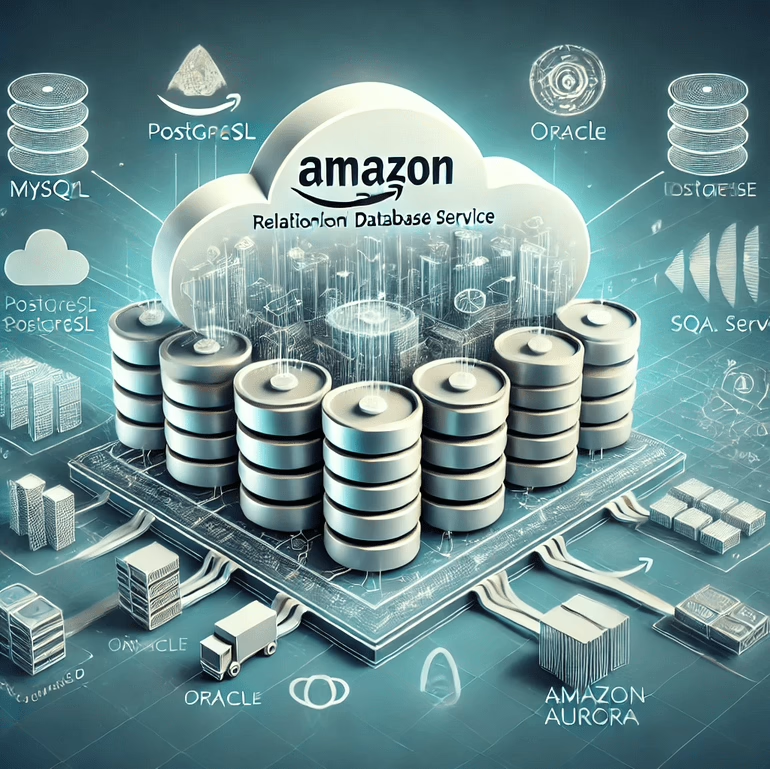Grafana:
Revolutionizing Monitoring, Observability, and Data Visualization
In today’s fast-paced technological landscape, the ability to monitor and visualize the performance of complex systems is critical for organizations to stay ahead. Whether you’re running a global enterprise, managing cloud infrastructure, or ensuring the uptime of business-critical applications, real-time insights are non-negotiable.
Grafana, an open-source platform renowned for its feature-rich environment, is at the forefront of this data-driven revolution. Grafana empowers organizations to create interactive dashboards, set up alerts, and gain deep insights from various data sources. As businesses continue to adopt and expand cloud services, DevOps practices, and digital infrastructures, Grafana is emerging as a key tool for monitoring and observability.
This blog dives into the world of Grafana—exploring its core functionalities and benefits while demonstrating how Curate Consulting Services can help companies find specialized talent to fully utilize Grafana’s capabilities for infrastructure monitoring and data visualization.
Grafana: The Backbone of Modern Monitoring
At its core, Grafana is a versatile platform designed for data visualization and monitoring. It integrates seamlessly with various data sources, enabling users to create dynamic dashboards that offer real-time insights into system performance. With its intuitive interface and flexible customization options, Grafana allows users to transform raw metrics into visual representations that make sense.
Key Features of Grafana:
Data Visualization: Grafana provides a rich environment for visualizing data. It supports a variety of chart types, including time series graphs, bar charts, heatmaps, and tables. These visualization options are critical for understanding performance metrics, tracking trends, and identifying patterns over time.
For instance, a cloud service provider can use Grafana to monitor the uptime and performance of servers across multiple regions. By visualizing this data on a time series graph, they can quickly spot performance bottlenecks or service degradation, helping them take corrective action before it affects users.
Data Sources Integration: One of Grafana’s most powerful features is its ability to connect to a wide range of data sources. Whether you’re pulling data from databases like MySQL and PostgreSQL, monitoring systems like Prometheus and Elasticsearch, or cloud services like AWS CloudWatch and Azure Monitor, Grafana consolidates these inputs into a single, unified dashboard. This capability is invaluable for businesses looking to centralize their monitoring activities across multiple environments.
For a DevOps team managing complex infrastructure, Grafana’s seamless integration with Prometheus allows real-time metrics from multiple nodes, enabling quick root-cause analysis and optimization of application performance.
Alerting and Notifications: Monitoring without alerts is like driving without a dashboard. Grafana’s alerting feature ensures that businesses never miss critical performance events. Users can define custom alerting rules, and Grafana will trigger notifications when these conditions are met, ensuring that the right people are alerted in real-time. Whether through email, Slack, or webhooks, these alerts enable proactive response to potential issues before they escalate.
Dashboard Creation: Grafana’s dashboard creation tools allow users to craft interactive, multi-panel dashboards that cater to specific monitoring needs. Whether tracking KPIs for a sales team or system performance for an IT operations center, dashboards can be customized with layouts, themes, and panel types. These dashboards provide a bird’s-eye view of performance metrics across diverse services and platforms, helping leadership teams make informed decisions.
Dashboards are particularly useful for monitoring infrastructure in DevOps environments. With customizable panels visualizing different metrics, teams can track deployment success rates, service response times, and error rates—all from one dashboard.
Templating and Annotations: Grafana’s templating feature takes dashboard flexibility a step further. Templating allows for the creation of dynamic and reusable dashboards that can adapt to different environments or services. This feature is particularly useful for multi-cloud environments or when scaling services across different geographic regions.
Additionally, Grafana’s annotation capability enables users to add contextual information to charts and graphs, such as marking key events, service changes, or incidents directly on the dashboard. This level of context improves post-event analysis and helps teams quickly correlate issues with specific actions.
Cross-Platform Flexibility: Grafana is cross-platform, running on multiple operating systems and deployment methods, such as Docker, Kubernetes, and cloud services. This flexibility ensures that organizations can deploy Grafana in any environment, making it an excellent fit for businesses adopting cloud-native architectures.
Grafana’s Role in DevOps and IT Operations
For organizations involved in DevOps or IT operations, Grafana is an essential tool for ensuring the health and stability of infrastructure. From monitoring system resources to tracking application metrics, Grafana helps teams stay proactive by providing real-time insights into performance, capacity, and security.
Imagine a large e-commerce site preparing for Black Friday sales. With Grafana dashboards monitoring server load, database health, and transaction rates, the team can ensure smooth operations, anticipate potential traffic spikes, and avoid system crashes.
For companies operating at scale, this type of monitoring can mean the difference between delivering seamless user experiences or losing revenue due to downtime.
The Importance of Alerting and Log Integration
Beyond dashboards, Grafana supports advanced alerting and log integration features, particularly through integrations with systems like Loki and Elasticsearch. When combined with log data, metrics can be correlated with logs, making it easier for teams to investigate the cause of performance issues.
For example, in a security monitoring scenario, Grafana can track login attempts and correlate them with suspicious log entries, triggering alerts if abnormal behavior is detected. This type of log and metric correlation is essential for real-time incident detection and response.
With Curate Consulting Services, organizations can find specialized talent with experience in deploying and managing Grafana’s alerting systems, ensuring that critical issues are addressed promptly and efficiently.
Curate Consulting Services: Finding the Right Talent
Implementing Grafana effectively requires more than just a technical understanding of the platform. It demands expertise in monitoring systems, data sources, and DevOps practices. As companies adopt more complex infrastructures, the need for professionals who can architect, maintain, and optimize Grafana environments is paramount.
This is where Curate Consulting Services excels. With a deep understanding of the challenges businesses face in monitoring and observability, we help companies find specialized talent skilled in Grafana, the ELK stack, Prometheus, and other critical monitoring tools. Whether your organization needs DevOps engineers, IT operations experts, or data visualization specialists, Curate Consulting ensures you have the right people to maximize the value of Grafana and drive operational excellence.
Conclusion
In an era where performance and uptime are critical to business success, Grafana stands out as a powerful, flexible, and open-source tool for monitoring, observability, and data visualization. From real-time system monitoring to sophisticated alerting, Grafana is transforming how companies interact with their data.












